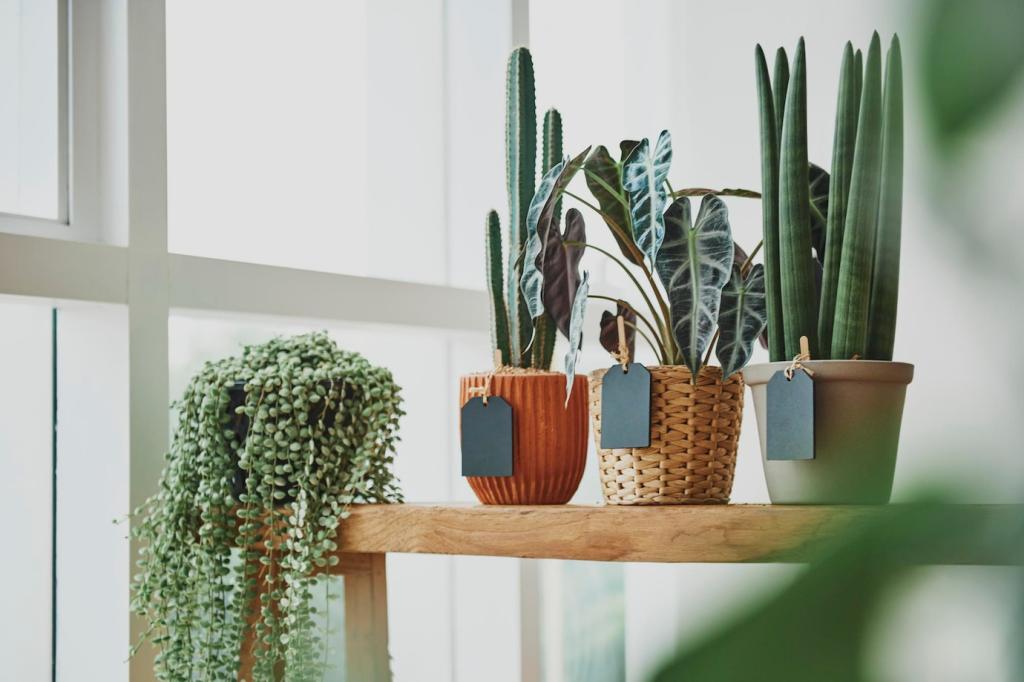
Breathe Better at Home: Indoor Air Quality Enhancements
Chosen theme: Indoor Air Quality Enhancements. Welcome to a friendly, practical journey toward fresher, safer home air—rooted in science, lived experiences, and simple habits you can start today. Join us, share your questions, and subscribe for weekly inspiration and actionable tips.
The Science Behind Cleaner Indoor Air
Indoor air can accumulate PM2.5 from cooking, VOCs from paints and furniture, CO2 from people, and biological particles like dander and spores. Identifying your primary sources is the first step toward effective Indoor Air Quality Enhancements that genuinely improve how you live every day.
The Science Behind Cleaner Indoor Air
Ventilation dilutes pollutants with cleaner outdoor air, while filtration captures particles already inside. Pair MERV 13 filters with regular outdoor-air exchanges when conditions permit. Share your approach in the comments—what mix of open windows, HRV or ERV, and purifiers works best for your home?



This is the heading
Lorem ipsum dolor sit amet, consectetur adipiscing elit. Ut elit tellus, luctus nec ullamcorper mattis, pulvinar dapibus leo.

This is the heading
Lorem ipsum dolor sit amet, consectetur adipiscing elit. Ut elit tellus, luctus nec ullamcorper mattis, pulvinar dapibus leo.
DIY Enhancements You Can Start Today
Use a microfiber cloth and a sealed HEPA vacuum to track where dust reappears fastest—under beds, baseboards, and vents are usual suspects. Wash textiles weekly, and add a large entry mat. Post your before‑and‑after photos and tell us which small step delivered the biggest Indoor Air Quality Enhancements.

Tech That Truly Improves Air
CO2 indicates ventilation effectiveness—keep typical levels under 800–1000 ppm. Aim for PM2.5 under 12 ug/m³ and monitor humidity around 40–50%. Calibrate when possible and log trends. Share screenshots of your data and the Indoor Air Quality Enhancements that moved those numbers the most.
Match Clean Air Delivery Rate to room volume and desired air changes per hour. Larger rooms need higher CADR, and open plans benefit from multiple units. Set filter reminders and track performance. Tell us your room dimensions, and we’ll suggest a starting ACH target in future posts.
Link sensors to smart plugs so purifiers boost when PM2.5 spikes or CO2 rises. Schedule quiet hours for sleep, and add geofencing to pre‑freshen before you arrive. Share your favorite automation recipes and subscribe for our Indoor Air Quality Enhancements integration playbook.
When outdoor air is acceptable, open opposite windows for five minutes while running a fan to flush stale air. Make coffee while sensors stabilize, then close and filter. What’s your morning reset routine? Comment with your climate and results so others can learn from your approach.

Designing for Long‑Term Air Quality
Opt for low‑VOC paints, Greenguard‑certified finishes, solid wood over composites when possible, and low‑emission adhesives. Allow generous curing time with ventilation. Share your renovation experiences and product wins so others can benefit from healthier choices that keep indoor air cleaner for years.
